Email Marketing Conversion Rate: What Is It & How To Improve it?
Email marketing today is prioritized by many eCommerce businesses since it is the king of all marketing methods, with a greater ROI than other digital marketing channels. Nonetheless, many marketers are perplexed as to why they are seeing high open rates but not producing many conversions.
This is due to the fact that the return occurs only if your email marketing can persuade recipients to do the desired action. That is, your campaign must not only have a high open rate but also a high email conversion rate. In this article, I will share with you everything you need to know about email conversion rate, as well as lots of practices you can implement to improve this metric. Let’s jump right into the details!
What is email conversion rate?
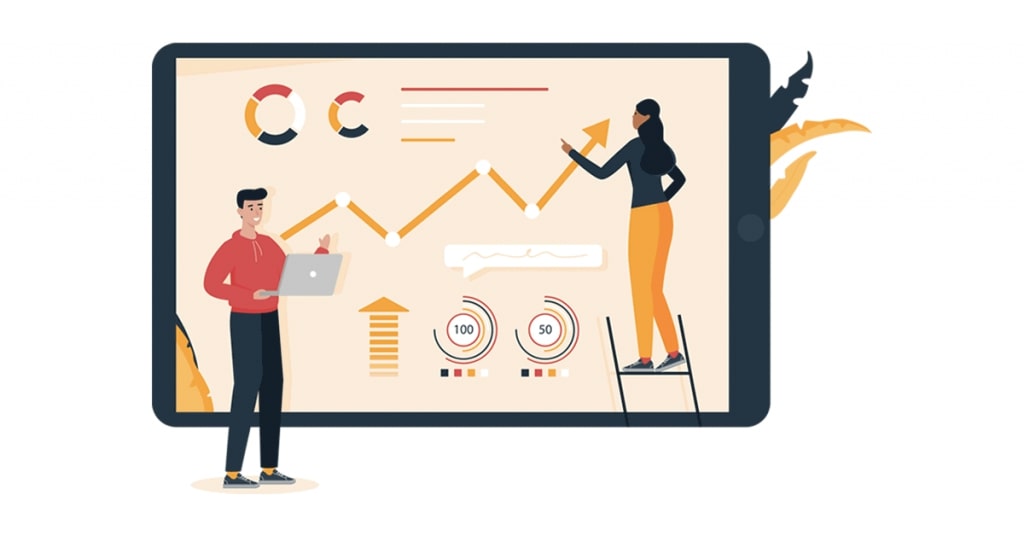
The percentage of subscribers who execute a desired action is defined as the email conversion rate, often known as the email marketing conversion rate. That action, of course, is dependent on your unique conversion objective. In many cases, the conversion aim is purchase-related (becoming a customer), although it is not always the case (simply becoming a lead).
Why does conversion rate matter?
To measure the effectiveness of your marketing activities, you must first understand how many people are responding to them. One of the most helpful and reliable indicators is conversion rate, which compares the number of customer reactions to the total number of contacts.
Consider this. If you had 50 individuals opt in for your email list last month, your natural reaction would be to celebrate and take the afternoon off. If you discovered that those 50 were from more than 50,000 prospects who visited your website, you could reconsider your reaction. That is merely a 1% conversion rate, which implies you should start modifying your content.
How to calculate your email conversion rate
To calculate your email marketing conversion rate, divide the total number of successful sends by the number of people who completed your targeted action (signups, sales, etc.). Then multiply the result by 100. The email conversion rate formula is as follows:

What is a good conversion rate for email marketing?
Unfortunately, the only genuine answer to that question is: a better one than you’re currently having. Have you ever heard the expression, “The only person you should compete with is yourself?” It’s as clichéd as it sounds, but it’s true. To attain “good” email marketing conversion rates, you must first examine your statistics to see where you are falling short, and then use various optimization approaches to increase your conversion rate.
There are, of course, average email conversion rates and industry benchmarks to which you can compare your results (see next section). However, the difficulty with those figures is that numerous details play a role that may go unnoticed.
Average conversion rate for email campaigns
Average email conversion rates vary by industry, geographical area, firm size, email type, and other factors. AVADA Commerce has compiled a list of industry-based average conversion rates:
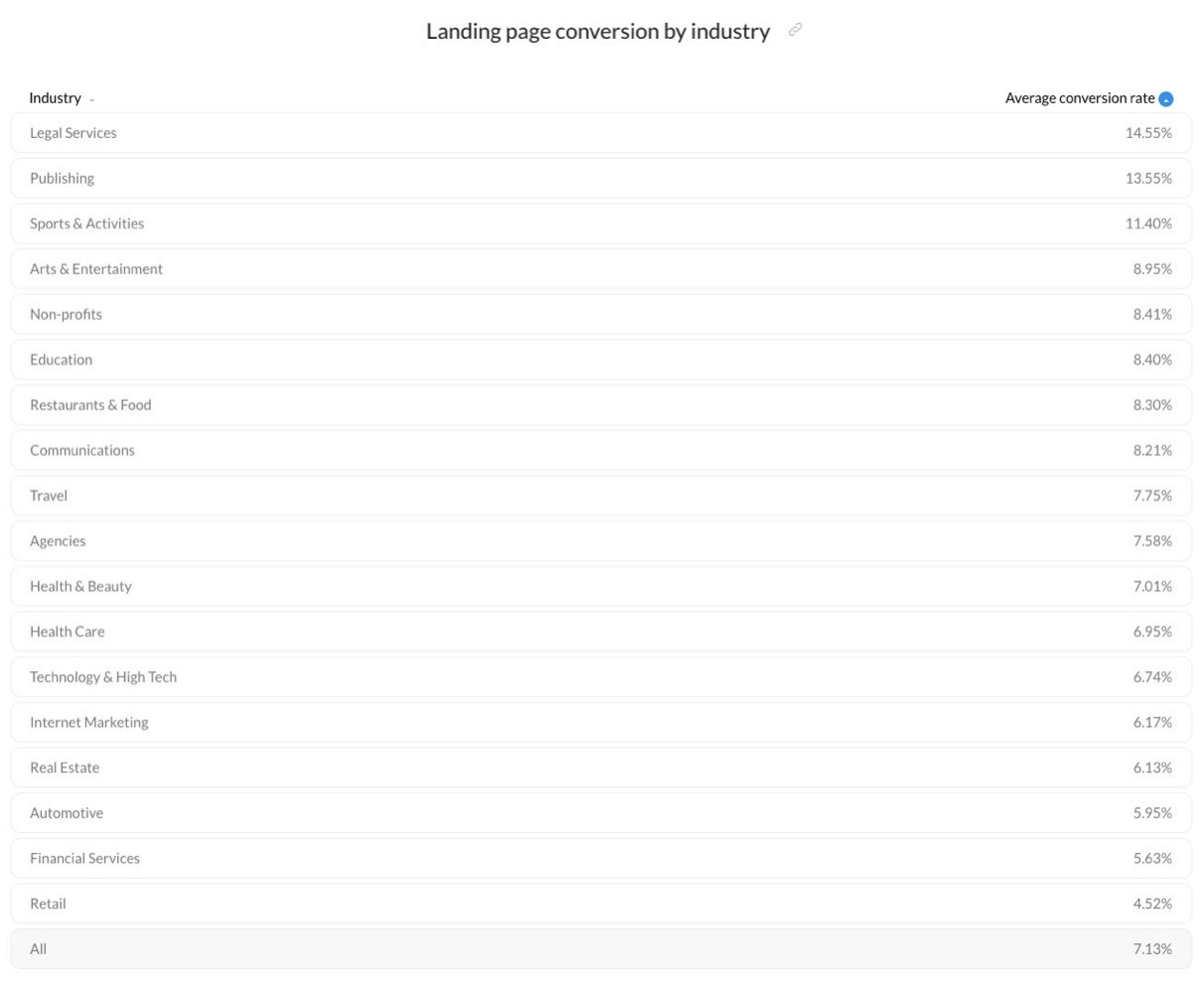
According to the data, the highest average email conversion rates are in legal services, publishing, and sports and activities, while the lowest rates are in retail, financial services, and automotive. Keep in mind that precise comparisons are difficult to conduct due to other contributing factors such as the type of email sent and the subject’s specific conversion objective. This graphic, on the other hand, displays average conversion rates based only on the email type sent:

Although additional criteria such as industry, geography, conversion aim, and so on are unknown in this case, newsletter emails have the lowest average conversion rate, while order follow-up emails and abandoned cart emails have the greatest average conversion rates.
14 ways to achieve higher email conversion rates
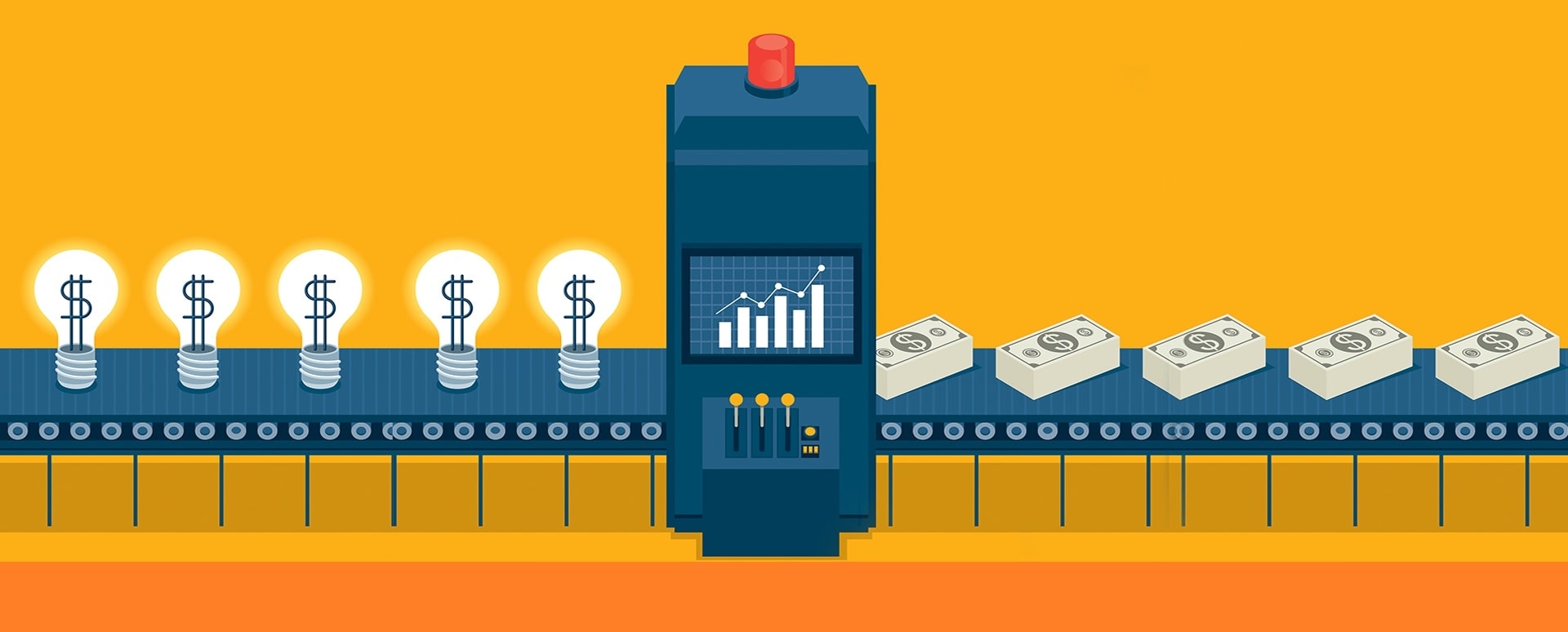
1. Segment your subscribers:
You can write the best email in the world with the best subject line and call-to-action, but it won’t matter if you send it to the wrong people. Segmentation is essential for ensuring that your emails are delivered to the proper people, increasing your chances of conversion.
The actual differentiators you use for segmentation will depend on the type of email you send and the intended action. Consider segmenting people by product, area of interest, level of participation, buyer persona, or ideal customer profile, etc.
2. Use Suppression Lists
While segmentation should be used to select who should receive your emails, suppression can be used to exclude specific groups of people from receiving them. You can do this for negative buyer personas, specific sales stages, persons with poor interaction, or those who, for whatever reason, do not suit the theme or message of the email.
Suppression lists can help you ensure that the only persons receiving your emails are those who have a high likelihood of engaging with them. By filtering out those who don’t, your analytics will provide a more accurate view of your true conversion rates.
3. Choose the Right Frequency
The number of emails you should send will be determined by the size of your database, the nature of your product or service, and your overall marketing approach. Choose a frequency that your teams can stick to, whether it’s once a week or every other day.
Routine is key since it helps your audience become accustomed to receiving your emails on specific days. It will also guarantee that you are not unintentionally overloading them with emails.

4. Align Your Content and Offer
Your email is more than simply the body text. You should also think about your call-to-action, preview text, and subject line. All three of those elements have an impact on the recipient’s experience with your email.
Check that all four text pieces are aligned and tell the same story without excessive repetition or overlap. The subject line should set the tone for the body copy, which should then lead beautifully into your CTA. If not all of the components are aligned, readers may feel misled, resulting in them not reading the entire email or clicking the CTA.
5. Choose the right length
There is no precise formula for the ideal email length, but bear in mind that you want your material to be read and digested rather than disregarded. This can often entail keeping it short and sweet in order to deliver something that is easy to understand and gets right to the point or value.
Users may discard your emails without reading anything, including the link or next step you want them to take, if they ramble on or are difficult to grasp.
6. Include Personalization
Even while we all use email automation these days, that doesn’t imply your emails should appear like they were produced by a robot. Using customization tokens to include things like company name, first name, or unique information from your CRM can enhance engagement and attract a user’s attention right away.
The higher the quality of your users’ experience with your emails, the more likely they are to click the CTA and convert.
Conversions in emails, believe it or not, typically begin with a subject line. Before even opening the email, the subject line is the first thing a subscriber sees. If they are unfamiliar with your emails or your brand, it can have a significant impact on whether or not they open the email at all.
Subject lines should be interesting and exciting while remaining true to the content of the email. Experiment with several subject lines to see which ones your audience responds to the best.
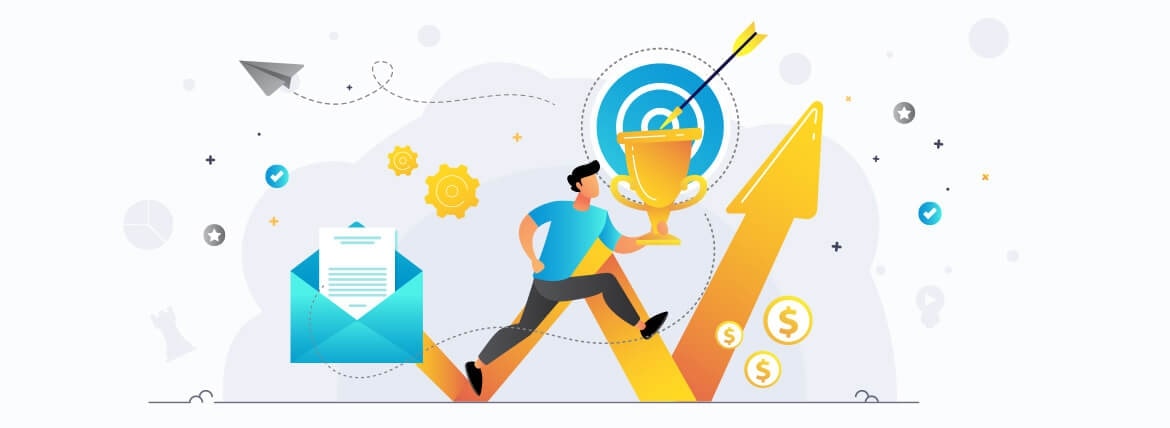
8. Use A Clear CTA
There are numerous ways to promote an offer or link within your email. Whether you use simply linked text, a button, an image, or even a GIF, it should be easy to find and appealing to follow.
If you’re going to utilize text, utilize language that clearly implies there is an action to be taken, such as “click here for” or “download now,” so customers aren’t confused about where they should be clicking. If you want to promote a video, you can use a GIF with a play button that directs users to the video window in their browser.
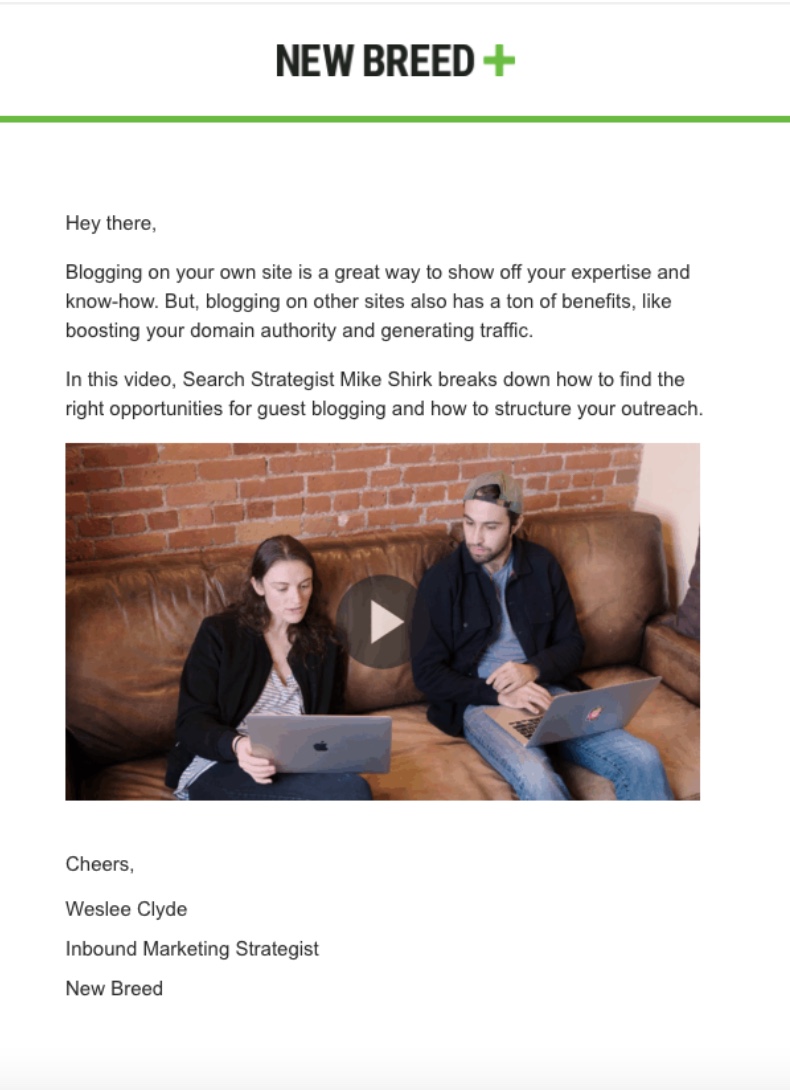
9. Have a Consistent Brand Voice
Emails should be interesting and one-of-a-kind, while still displaying your brand’s individuality. If you have a highly corporate voice and tone, you may match that in your emails while remaining personable and remembering that you are speaking to humans on the other end.
Your entire marketing strategy is an extension of your brand. When you are consistent, your audience will feel like they can trust and rely on you for a specific experience, which will make them more eager to engage with your material overall.
10. Run A/B Tests
If you haven’t already determined what works best for your audience, put it to the test. A/B tests are an excellent approach to learn whether your readers prefer buttons over in-text links or bullets over paragraphs. You can even experiment with things like structure or templates to see what works best.
Just make sure that when testing, you only test one element at a time in an email so that you can accurately analyze your results.
11. Be Deliberate with Your Sender Address
The first step toward conversion is getting people to open your email, and in order for that to happen, you must make it to their inbox. The sender address is important when it comes to avoiding spam filters and increasing open rates.
Sending from a single person using a personal email account not only helps you avoid spam filters, but it also conveys a sense of human-to-human connection. When you send emails from a person within your company, your subscribers will be more likely to notice and engage with them.
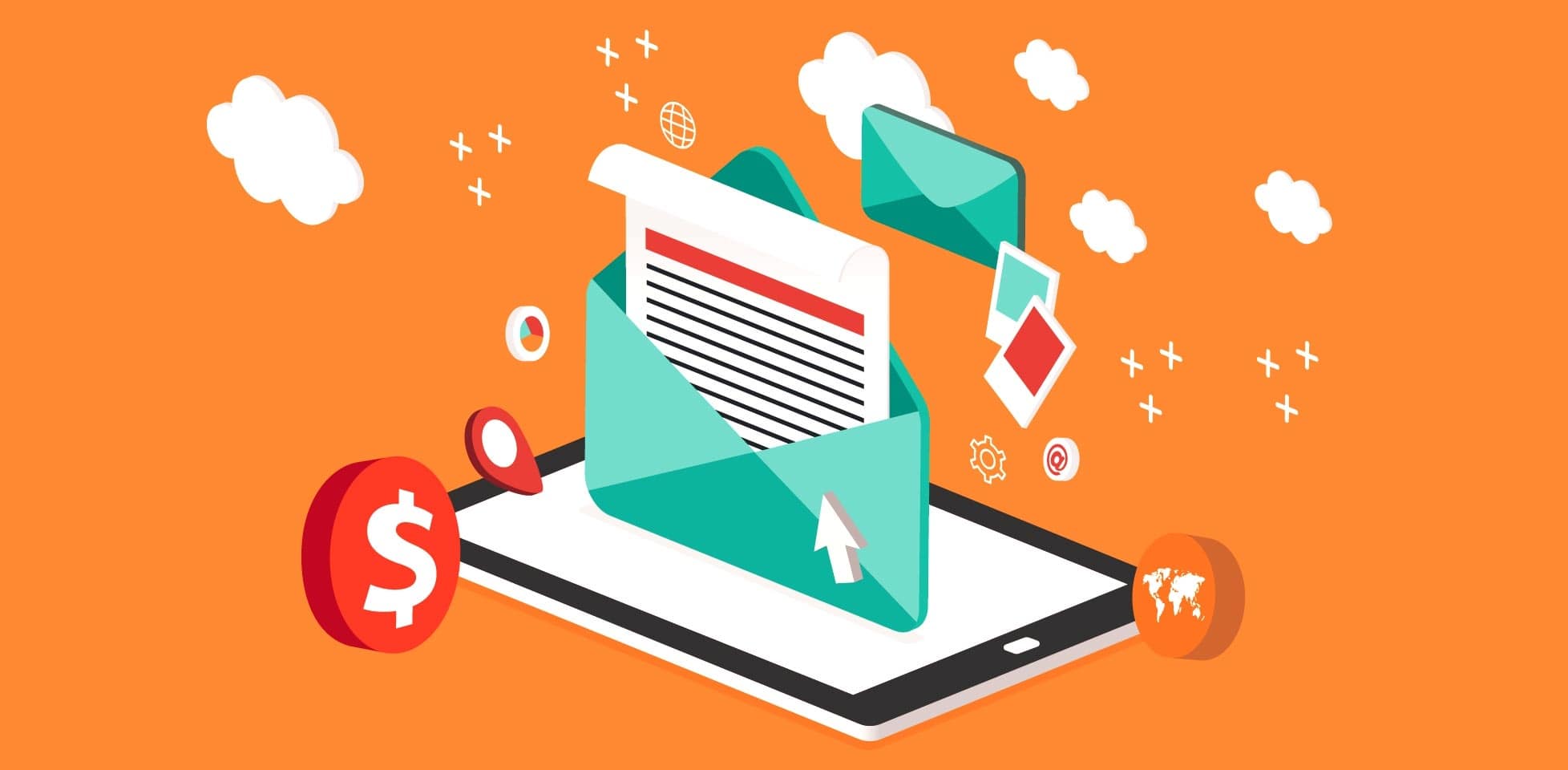
12. Keep Your Template Simple
It can be tempting to develop the most astounding template possible, complete with color, photos, graphics, and a plethora of various modules. However, such emails may be too distracting for the reader to get to the main point quickly.
So don’t overdesign your email. A simple email template with simply a logo or a border can humanize your brand while allowing the message and body text to take center stage. Furthermore, text-based emails will perform better on mobile devices and email applications because their formatting is less likely to be messed up.
13. Test your email in multiple email clients
Before you hit the send button, examine your email to ensure that all of your emojis, images, and buttons are visible. Images do not instantly appear in all email clients, and some require a download.
This isn’t to say you shouldn’t utilize images, but be aware that it may necessitate an extra step for recipients to see the image. If you’re utilizing an image as your CTA, you might want to reconsider if your database is mostly made up of email providers.
14. Monitor Performance Metrics
While conversion rates are your ultimate aim with emails, you can also utilize metrics like open rates, unsubscribe rates, and bounce rates to help paint a more complete picture of what’s happening with your emails over time.
These analytics will help you identify what works best for your audience as you test out new tactics, styles, designs, and frequencies.
Use AVADA Marketing Automation To Keep Track of And Improve Your Email Conversion Rate
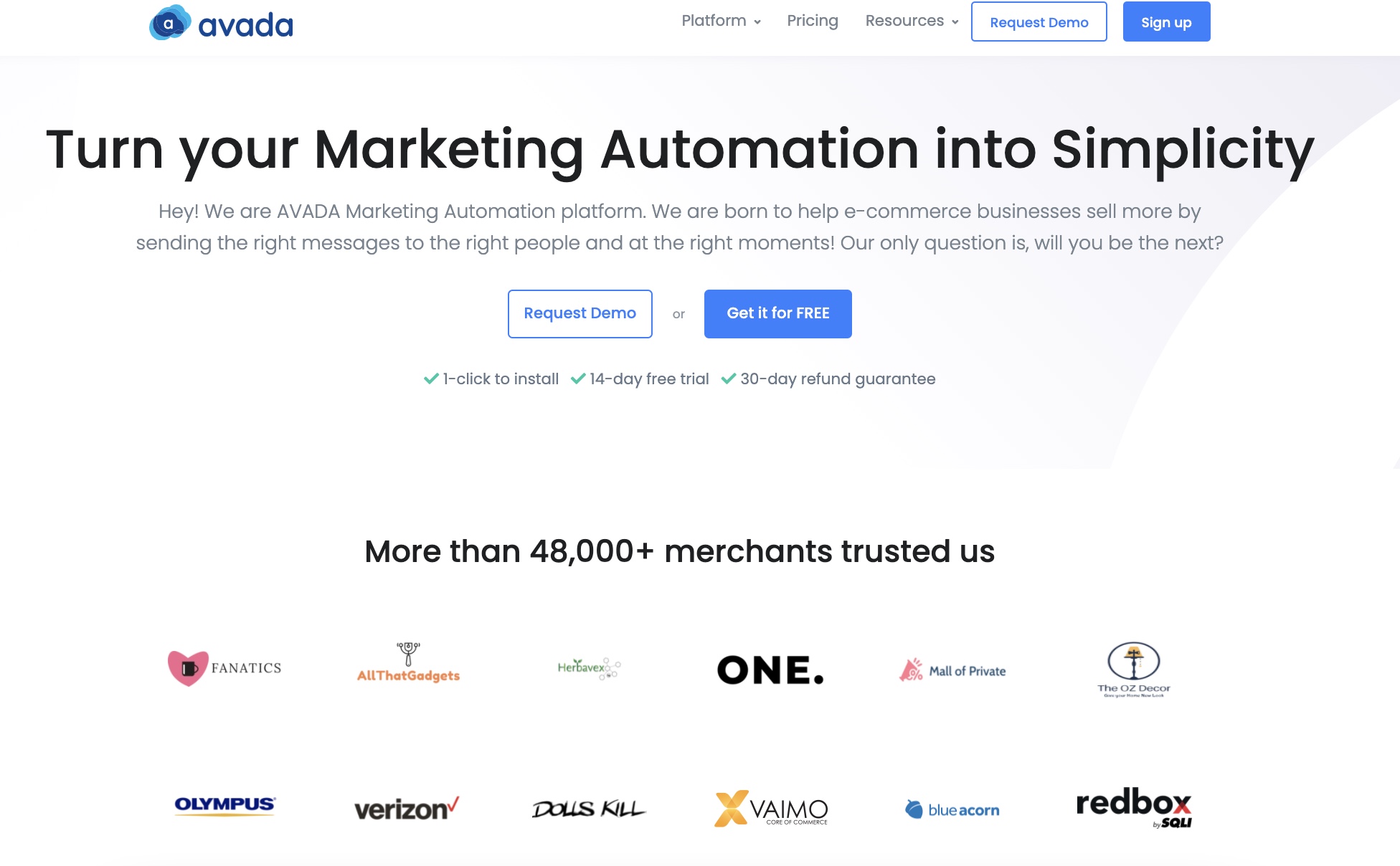
AVADA Marketing Automation is a multi-channel email and SMS marketing platform that can help you facilitate your holiday campaigns. Main features include:
- Lead capture
- List segmentation
- Abandoned cart saver
- Drag-and-drop email builder
- Email Automated workflows
- Advanced data tracking.
This tool is very suitable for startups and small businesses due to its user-friendliness and affordability. Paid plans start at $9/month for 1,000 subscribers, unlimited emails and full features. There’s a free forever plan for 15,000 emails and 1,000 subscribers that you can use to try out the app. Sign up now!
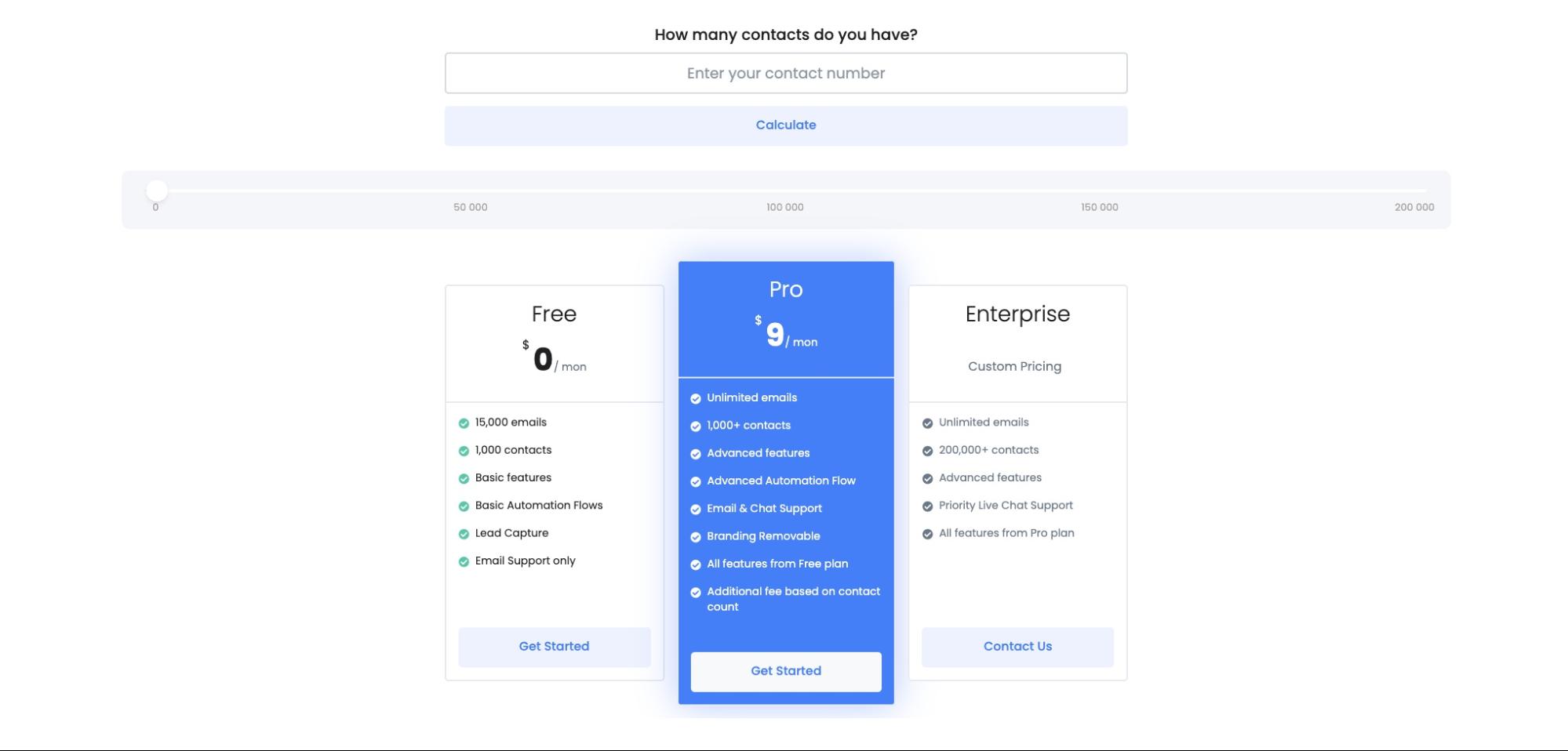
Final words
That’s it! I hope this article has provided you with valuable information about how to improve your email marketing conversion rate. Please feel free to leave comments below for further discussion on this topic!
New Posts






